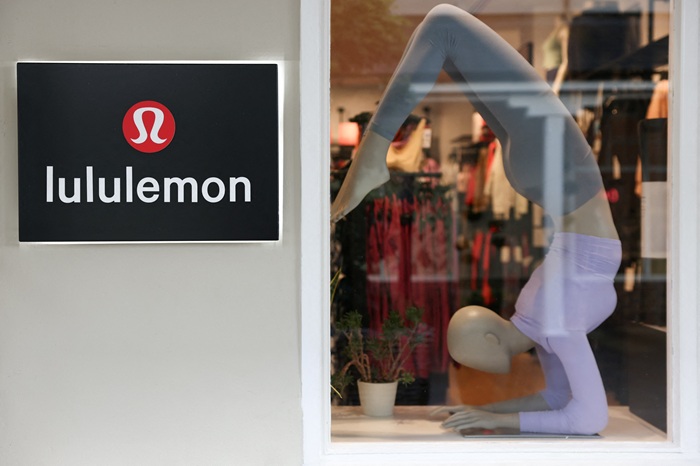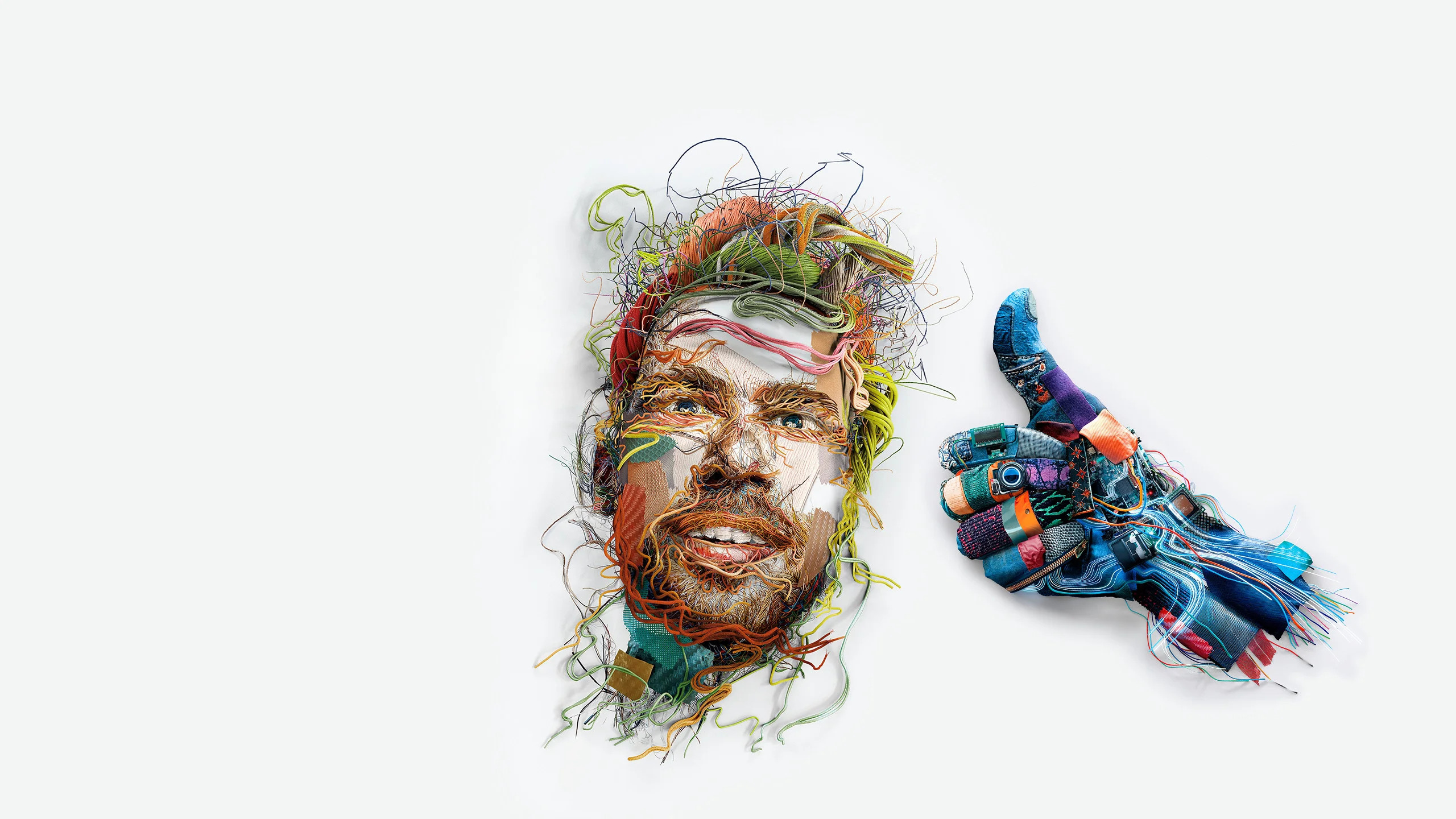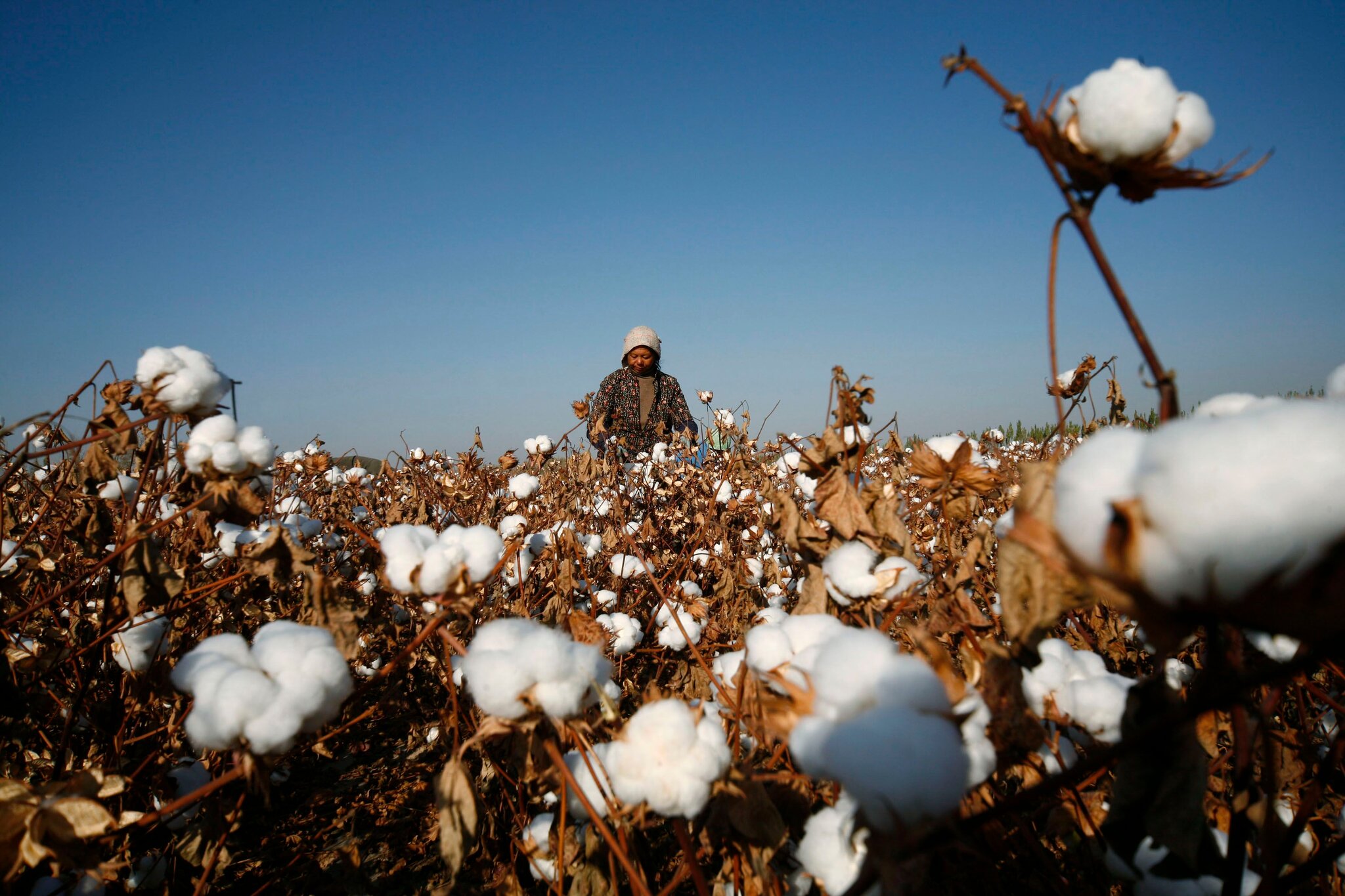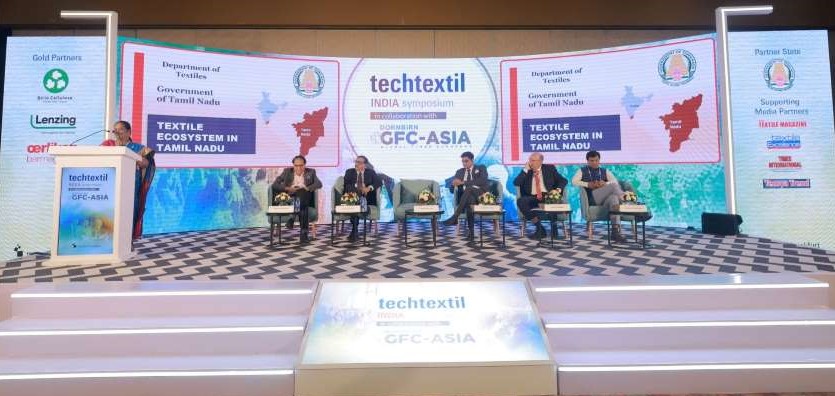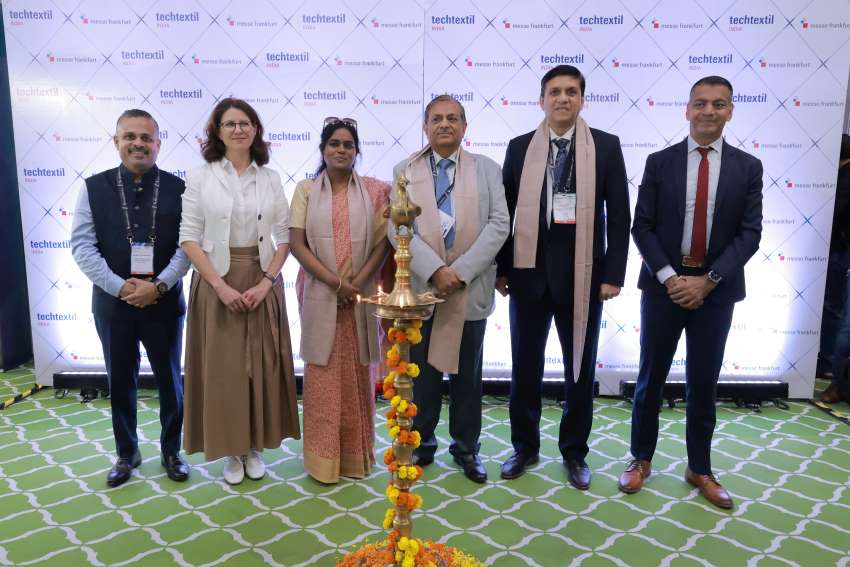
The fashion industry is notorious for its environmental impact accounting for roughly 10 per cent of global carbon emissions according to the Ellen MacArthur Foundation. From overproduction leading to textile waste to resource-intensive dyeing processes, the need for a sustainable change is clear. Enter on-demand fashion, a revolutionary approach that promises to disrupt the traditional model by producing clothes only after an order is placed.
The need for change
The traditional fashion model relies on ‘made-to-stock’ production. Large quantities of clothing are produced based on forecasts, often leading to excess inventory and ultimately, waste. A 2022 study found the industry generates a staggering 92 million tonnes of textile waste annually. Additionally, many fashion brands have been accused of unethical practices, such as burning unsold clothes. Clearly, the current system is unsustainable.
Environmental impact: The fashion industry is a major polluter, responsible for an estimated 10 per cent of global greenhouse gas emissions. Production also generates massive amounts of textile waste, with 92 million tons discarded annually.
Wasteful practices: Traditional ‘made-to-stock’ models lead to overproduction and unsold inventory. Fast fashion, known for trendy, cheap clothing, is a prime culprit.
Ethical concerns: Low wages and unsafe working conditions plague garment workers, particularly in developing countries.
On-demand fashion, a new path
On-demand fashion flips the traditional model on its head. Clothing is only produced when a confirmed order is placed. This eliminates the risk of overproduction and significantly reduces waste. Proponents also envision a more agile supply chain, with smaller production batches and factories located closer to consumers. On-demand fashion dismantles the traditional ‘push’ system, where vast quantities of clothing are produced based on forecasts, often leading to unsold inventory and eventual waste. Instead, it adopts a ‘pull’ system, where garments are manufactured based on confirmed customer orders. This reduces the risk of overstock and minimizes waste generation.
On-demand fashion seeks to:
• Reduce waste: By producing clothes only when needed, on-demand fashion eliminates the risk of overproduction and unsold inventory ending up in landfills.
• Promotes sustainability: On-demand models often incorporate more sustainable practices like using recycled materials and local manufacturing, reducing the environmental impact of transportation.
• Enhances customization: On-demand allows for greater customization options, catering to individual needs and reducing the pressure to follow fleeting trends.
A 2023 study by GlobeNewswire predicts the on-demand fashion market will reach $38.2 billion by 2027. This growth is pushed by the increasing adoption of data analytics. On-demand companies leverage customer data and real-time trends to predict demand more accurately, minimizing the risk of overproduction.
Stitch Fix, a leading personalized styling service, exemplifies the on-demand model. Customers fill out style profiles and receive curated clothing selections based on their preferences. This approach reduces impulse purchases and ensures garments are actually worn. Stitch Fix itself reported a 30 per cent decrease in returns in 2022, highlighting the effectiveness of data-driven personalization in reducing waste. Similarly, The R Collective, a US-based clothing company, uses on-demand manufacturing to create high-quality, ethically made garments. Their model allows for customization and reduces waste by producing clothes only after an order is confirmed. "On-demand fashion empowers us to create clothing that aligns with our values," says Vanessa Liu, Founder, The R Collective. "We can offer unique styles while minimizing our environmental impact."
In fact, several established fashion brands are experimenting with on-demand models. Levi's launched a customization platform allowing customers to personalize their jeans. Patagonia offers a ‘Worn Wear’ program where customers can buy and sell used Patagonia clothing, extending the life cycle of garments. Burberry launched a program offering limited-edition, customizable trench coats produced on-demand. And Adidas introduced a line of customizable sneakers that customers can design and order online.
The business model and scalability
On-demand fashion offers a compelling business model. To begin with it reduces inventory costs as brands don't have to hold large amounts of stock, freeing up capital and storage space. It increases brands’ agility as they have faster response time for trends and customer preference. Has the potential for higher margins, as personalized items can command premium prices.
However, scalability presents challenges. Scaling up production quickly to meet surge demand requires a robust on-demand manufacturing network. Moreover, customers may expect faster delivery times as on-demand production eliminates pre-made stock.
The future of on-demand fashion
While widespread adoption may take time, on-demand fashion offers a promising path towards a more sustainable and ethical garment industry. Initiatives like:
Supply-side innovation: Companies like Unspun (3D weaving) and Silana (robotic sewing) are developing technologies to facilitate efficient on-demand production.
Demand-side education: Consumers need to understand the true cost of fast fashion and embrace a more mindful approach to clothing consumption.
Regulation and transparency: Government regulations like France's Anti-Waste Circular Economy Act can incentivize sustainable practices.
Indeed, the on-demand model necessitates a shift in the traditional fashion supply chain. Localization of manufacturing, near-shoring, and on-demand printing technologies will likely become more prominent. Traditional large-scale manufacturers may need to adapt by offering smaller batch production capabilities. It does hold immense potential for a more sustainable and responsible fashion future. By embracing innovation, educating consumers, and implementing supportive regulations, the industry can move towards a more ethical and environmentally conscious model.


